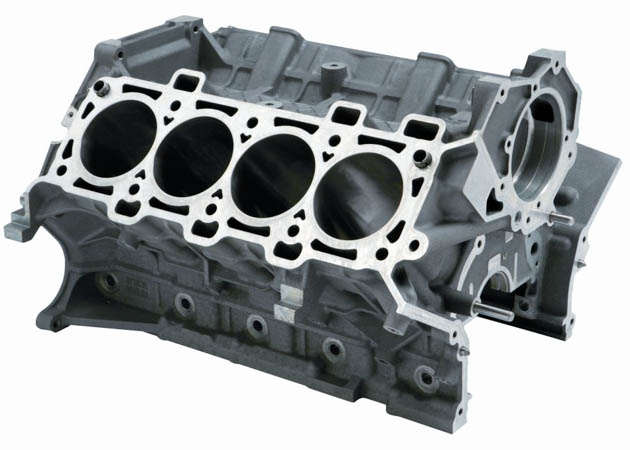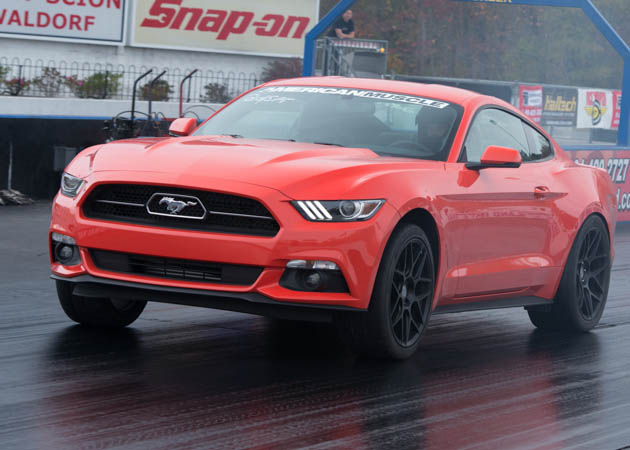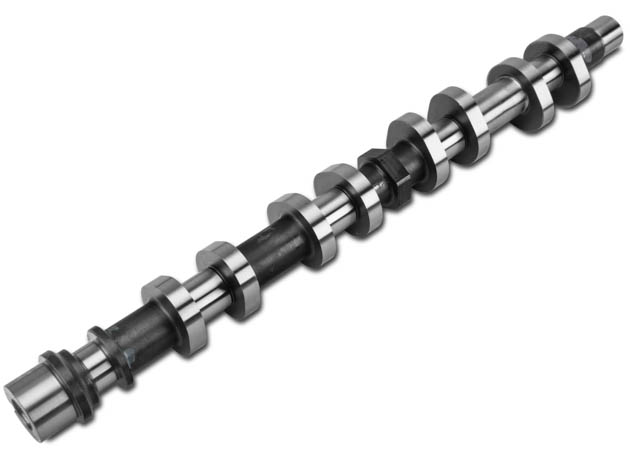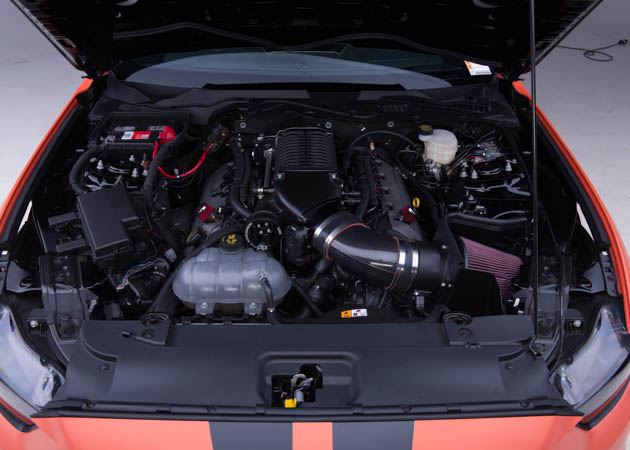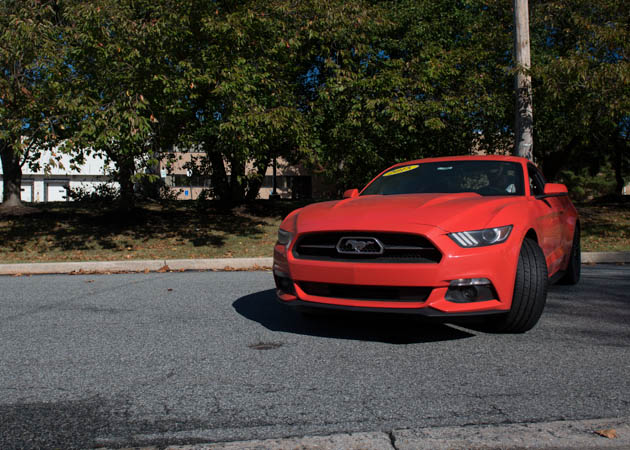2011 5.0L engines rolled out of the Essex assembly plant with a forged steel, counterweighted crankshaft. The connecting rods, of the I-beam variety, are powdered-metal. Connected at the top end are hypereutectic pistons. Ford engineers have specified the weakest link in the Coyote engine to be the powdered-metal rods, and have since corrected the design in the S550. S550 Mustangs harbor Forged rods rather than powdered metal.
Most people groan when they hear about hypereutectic pistons being used, and it’s true. They are not as robust as their forged counterparts. However, Ford integrated oil cooling jets that spray the bottom of the piston at all times, helping keep their temperature down which increases their overall durability. The stock hypereutectic pistons are very comfortable at 435 horsepower, and definitely have more room to grow. On the other hand, those wishing to slap on a power adder and push some serious boost through the motor will definitely want to change the stock pistons with a forged variety. In stock trim, it seems the realistic limit of the stock rotating assembly is around 600 horsepower to the wheels (depending on drive train loss, can equate to 750-800 horsepower at the crank). Nonetheless, that is mighty impressive!

